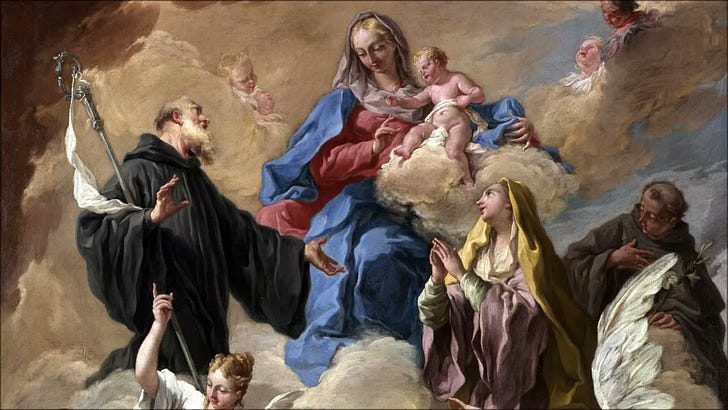The Obsession series I (Leonardo Leo)
Coordinating the fingers in the right and left hand by using latin numerals for one and arabic for the other was not simple when I started playing the guitar at 6 years old. I practised a lot but the results were always uninspiring. At least it left something positive: appreciating melodies and understanding that there is heavy labour behind. I also learned to listen to music not only in the background but as a standalone activity. At 10 I also played some preludes of the Bach lute suites and my heart was forever captivated by the ever-suprising treasure that is Bach with the implied melodies and the semi-broken chords. As I had easy access to cd’s and stereo systems through my father I quickly bought much of Bach music and kept listening in repetition. The only way to understand even a little is to keep super focused and do nothing else when you hear Bach. This intense way of listening to music quickly became a habit, even if `simple’ music was playing. At around 15 I `learned’ a little piano (through the Anna Magdalena book) which completely opened up my ears to being able to distinguish different simultaneous solo melodies. I then rediscovered Bach once again. Some of my favourite recordings were Koopman’s organ cd’s, Kunst der Fuge from Antiqua Koln but also the Matthew passion, Gould’s well tempered clavier, all the suites and the Brandenburgs that were filled with intricately beautiful melodies. A habit that I still conform to, is that when I like a piece or an album, I get completely obsessed by it and listen to it on repeat for weeks on end. I think the process of seriously giving time to learn a musical instrument at an early age necessary makes you a little obsessive with details and the way your brain is wired.
#1: Leonardo Leo
Lately I have been trying to get into other baroque composers too; in particular I wanted to go into less known composers. This was a period in history where the princes all over Europe were comparing the size of their genitalia by how good composers and painters they hire. Fuelled by my Napoli and Venice trips (as well as my art history books on baroque painting) I started listening to much of Pergolesi, who died early and did not write much. Hence, I recently started going into Leonardo Leo and Leonardo Vinci.
My current obsession is Leo’s Salve Regina in F Major (specifically performed by Les Talens Lyriques (led by Christophe Rousset with soprano Sandrine Piau). What is more fitting to listen to while exploring the opulent baroque churches and palazzos in Napoli this summer? Leo was a contemporary of Pergolesi in Napoli. This piece has such captivating soprano melodies. Yes it is on the verge of sounding like an opera buffa and it is as mellow and pink as the opera ridiculed in the Phantom of the Opera. But it is definitely not quite there. Leo was a big star, a main composer of the Spanish court and also working in one of the many important conservatoriums in the Spanish Napoli-task of which was to vivaldically promote the career of orphaned, talented musicians coming from a poor background. How do you do that? You stop the orchestra when the melodic line rises high and you write lines for the soprano that then start running up and down the scales. Of course anyone with a pen and a piano can follow this recipe. But to do it with good balance and with beautiful simplicity in a way that seems natural takes enormous experience and talent. Raphael was a painter in the generation that had mastered the technique and was moving higher into trying to balance the whole idea and standing of the figures in the picture; this Salve Regina has a very similar feeling.
PS. 23 May 2024. I have listened to it infinitely many time and am now slightly bored of it.



